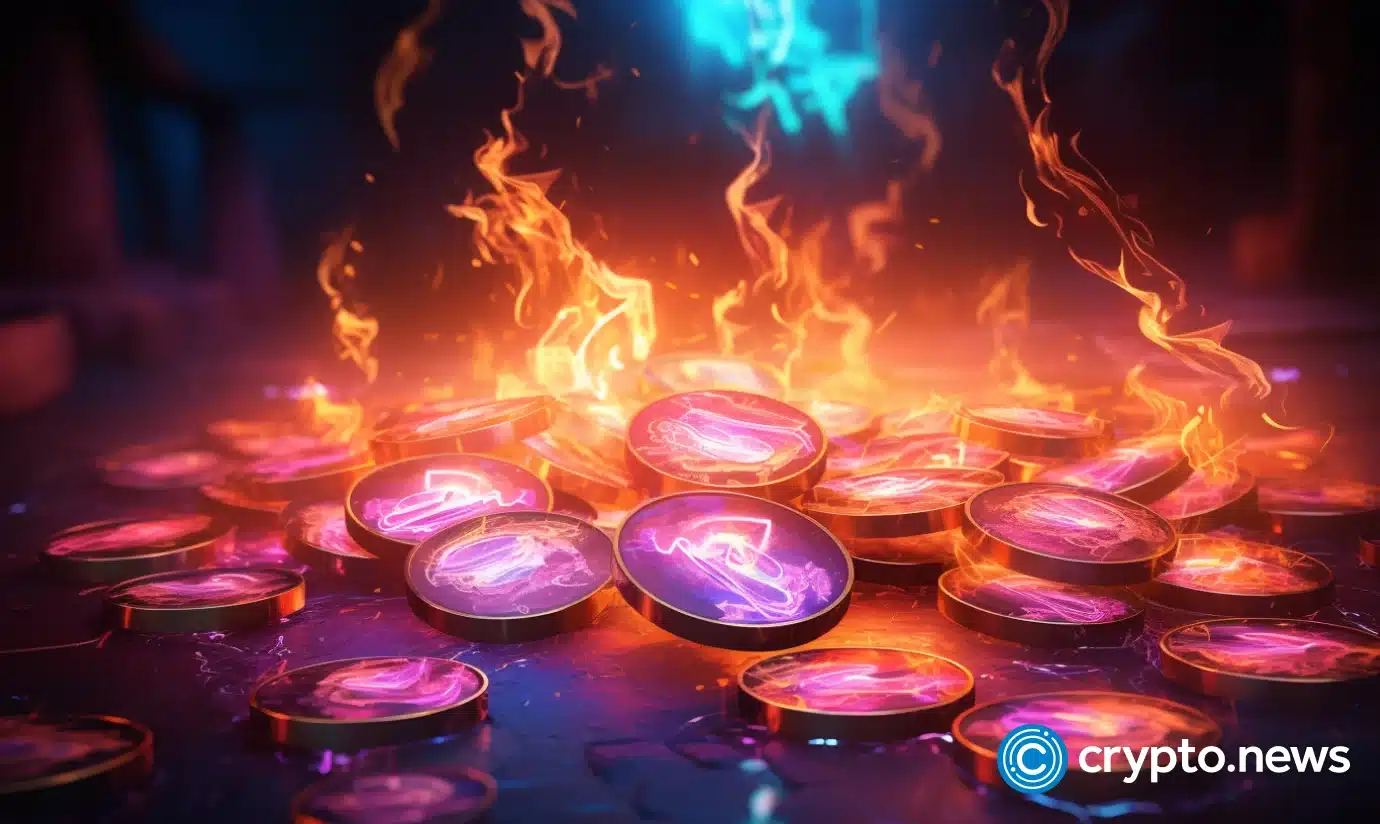World Liberty Financial’s 100% Liquidity Fee Buyback Plan Ignites Tokenomics Revolution

Deflationary shockwave hits DeFi as World Liberty Financial announces radical token burn strategy.
The protocol's bold move to redirect 100% of liquidity fees toward perpetual buyback and burn mechanisms signals aggressive value capture—finally giving token holders what traditional finance rarely delivers: actual scarcity.
This isn't just another governance token with pretend utility. WLF's model forces price appreciation through programmed scarcity, turning fee revenue into relentless buying pressure.
While traditional banks nickel-and-dime customers with hidden fees, this DeFi protocol actually uses its revenue to benefit holders—imagine that.
Token burns aren't new, but committing 100% of liquidity fees? That's either genius or desperation, and in crypto, those two often look identical.
A shift toward supply reduction
According to the proposal, trading fees from liquidity pools under WLFI’s direct control would be used to fund an automated buyback and burn process. The program would permanently reduce the amount of tokens in circulation, sending purchased tokens to a burn address. All transactions would be recorded on-chain for transparency.
The project argued that this strategy would tie the token’s value more closely to protocol usage, reduce supply with each trade, and increase the relative weight of committed long-term holders.
In explaining the rationale, the team noted they had considered alternatives such as keeping fees in the Treasury or splitting proceeds between operations and burns. Ultimately, they said community feedback pointed toward a full burn strategy as the clearest way to restore momentum.
Tokenholders are now voting on whether to approve the plan, with the deadline set for Sept. 18. So far, the proposal has garnered 99% of community support.
Market turbulence and investor skepticism
The proposal comes at a sensitive moment for WLFI. The token launched on Sept. 1 across major exchanges including Binance, Coinbase, and Upbit, and initially traded as high as $0.46. Within days, however, it collapsed to lows NEAR $0.21, leaving many early buyers in the red.
On Sept. 2, the project attempted to stabilize sentiment with the burn of 47 million tokens, roughly 0.19% of supply, but the price failed to rebound and was last hovering around $0.201.
The drop followed widespread attention on the TRUMP family’s outsized stake, which surged their net worth by about $5 billion on launch day. Critics argue the rollout favored insiders, while retail traders absorbed the volatility.
Against that backdrop, the new buyback-and-burn program is being positioned as a corrective step to reassure the market that WLFI’s value will be driven by actual protocol activity rather than hype.
However, analysts point out that there are challenges with the approach. Future token unlocks may offset the deflationary effect of burns, and it’s unclear if supply reduction on its own can stabilize demand in the absence of a clear contingency plan.

